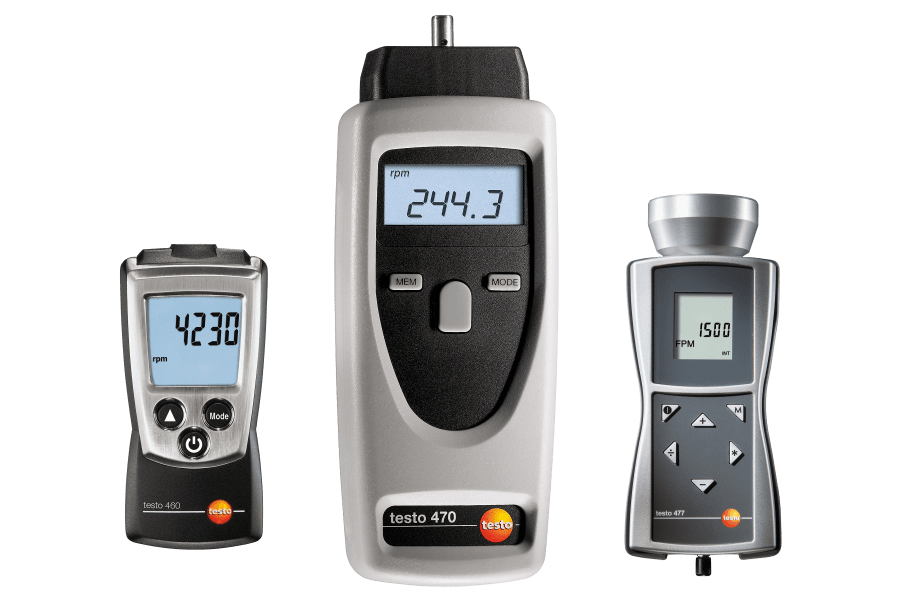Tachometer Acquiring Overview: Functions to Try To Find and Finest Brands
Wiki Article
Unlocking the Secrets of Tachometers: Everything You Required to Learn About This Crucial Tool in Your Car
Understanding the intricacies of tachometers can give beneficial understandings into your vehicle's efficiency and maintenance requirements. From gauging engine rate to analyzing the data it offers, tachometers function as an important tool for lorry owners and enthusiasts alike. By untangling the secrets behind this important tool, you can open a wealth of details that can improve your driving experience and ensure the long life of your car.Relevance of Tachometers
The relevance of tachometers depends on their capacity to offer crucial real-time information about an engine's rotational rate, allowing for specific monitoring and upkeep of machinery. By determining the revolutions per min (RPM) of an engine's crankshaft, tachometers offer important understandings into the engine's performance - tachometer. This information is vital for making certain that the engine operates within its optimum range, staying clear of potential damage from over-revving or underperformingTachometers play an essential function in aiding operators and service technicians detect any type of anomalies in the engine's rate, which could suggest concerns such as fuel ineffectiveness, mechanical troubles, or excessive strain on the engine. By immediately identifying these issues with tachometer analyses, upkeep can be carried out proactively, protecting against costly repair work and downtime over time.
In addition, tachometers are particularly essential in high-performance automobiles and equipment, where specific control over engine speed is necessary for ideal operation. Racing autos, aircraft, and industrial equipment depend on tachometers to provide peak performance while preserving security requirements. Essentially, tachometers are not simply tools for gauging rate yet indispensable tools for ensuring the smooth and efficient operation of engines across various applications.
How Tachometers Measure Engine Speed
Using sensors that identify the regularity of electrical pulses generated by the engine's ignition system, tachometers properly determine the rotational rate of an engine. By checking the rate at which these pulses are obtained, tachometers supply real-time feedback on just how quick the engine's crankshaft is revolving per minute, commonly described as transformations per min (RPM)
The tachometer's sensor, usually site web linked to the engine's ignition coil or spark plug cables, grabs the electric signals produced each time a cyndrical tube fires. These signals are then exchanged RPM readings presented on the gauge or tool cluster within the motorist's view. Tachometers can be analog or digital, with modern-day cars generally featuring electronic display screens for accurate and instant RPM analyses.
This info is essential for motorists to understand the engine's performance, protect against over-revving, optimize gear changing, find and ensure effective gas intake. By properly determining engine rate, tachometers play a vital role in assisting vehicle drivers operate their automobiles securely and efficiently.
Interpreting Tachometer Readings
Having a clear understanding of how tachometers gauge engine rate sets the structure for properly translating the RPM readings displayed. Interpreting tachometer analyses is critical for ideal car efficiency and engine wellness. When the engine is idling, the tachometer needle commonly rests around 600-1000 RPM, depending on the vehicle.

Tips for Making Use Of Tachometers Successfully
To enhance driving effectiveness and optimize engine efficiency, what trick methods can be implemented for successfully utilizing tachometers? Tachometers are critical tools that give real-time feedback on engine speed, allowing drivers to make educated choices for better efficiency - tachometer. Below are some suggestions for making use of tachometers effectively:Recognizing Optimal RPM Variety: Acquaint yourself with the ideal RPM (Changes Per Min) range for your automobile. This array ranges various cars and is typically suggested in the owner's handbook. Maintaining the engine within this array can improve fuel effectiveness and lengthen the engine's life-span.
Shifting Gears at the Right Time: Use the tachometer to figure out the most effective time Learn More to change equipments. Upshifting as well early or far too late can cause decreased efficiency and performance. Aim to shift gears when the RPM gets to the optimum array for the following equipment.
Keeping An Eye On Engine Stress And Anxiety: High RPMs for long term durations can strain the engine. Keep an eye on the tachometer to avoid over-revving, especially throughout velocity or when bring heavy loads.
Tachometers and Vehicle Upkeep
When thinking about vehicle upkeep, tachometers play an important role in checking engine performance and detecting possible issues. Tachometers give vital data on engine rate, allowing motorists and mechanics to make sure that the engine is operating within the suggested RPM array.Along with identifying potential concerns, tachometers can also help in maximizing fuel effectiveness. By maintaining the engine speed within the ideal variety, drivers can improve their gas mileage and minimize gas consumption. This not only profits the driver's budget yet also contributes to ecological preservation by lowering dangerous exhausts.
Conclusion

Report this wiki page